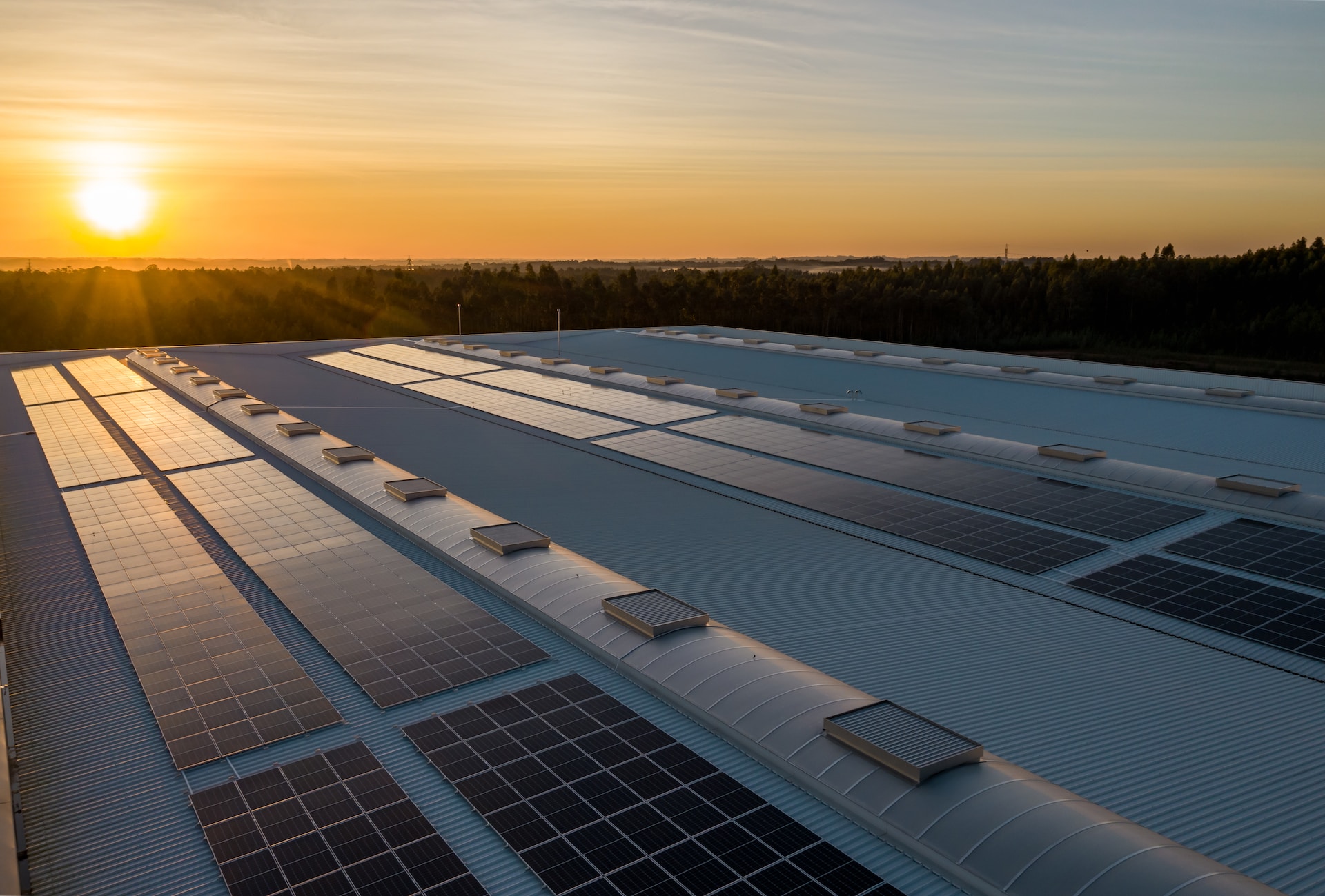Your Guide to Creating Sustainable Operations, Part Three: Solar Panel Arrays
Many organizations have a lot of unused vacant land or roof space. If this is the case at your facility, you may be unsure of how to utilize it all.
“Why not install a solar panel array?”
This is the obvious choice for many. Land is usually a resource, but unused land could be a liability if not used to its full potential, so innovative thinking regarding proper use of resources is admirable when it comes to understanding how to turn your facility into a model of sustainability.
A detailed solar feasibility analysis will calculate the power yield available from a solar panel installation compared to the power needed for your operation and how much, if any, energy will be exported to the grid. However, installing a solar panel array, also called photovoltaic panels, requires a lot of work and is not as simple as “we’ve got vacant land; let’s do it.”
Developing a solar panel array is complicated, but there are specific firms that specialize in this and if properly guided and supervised by qualified consultants with project management experience in such work, successful installation of a solar panel array could yield favorable annual lease payments with few owner requirements.
Important Considerations
There are many steps you need to perform before the actual work begins. Just because you have vacant land does not mean it is suitable in its current state to host solar panels. For example, a survey will clearly outline the boundary of your property and provide you with topographic information. After that, you may discover that extensive site work is needed to modify the surface in preparation for solar panels. Rolling land may have to be leveled, or you may find your land unsuitable for whatever reason.
Another constraint on solar panels could be zoning restrictions or wetlands. In the case of wetlands, you might be required to perform wetland delineation studies to ensure that your proposed project will not transect federally protected wetlands. That work would likely include geographic efforts, data interpretation, and analysis of photos. Drones and remote sensing tools can be used to develop clear, detailed aerial images of the property.
In most cases, a Phase I Environmental Site Assessment (ESA) should be performed to evaluate the proposed site’s historical use and environmental conditions, which may impede installation of a solar panel array.
Depending upon where your site is, there could be numerous regulating agencies that you must confer with before installation, such as the US Army Corps of Engineers, US Fish and Wildlife Service, state environmental agencies, and perhaps even preservation agencies.
Additionally, special plans and permits could be required. For instance, you may need to prepare an Erosion and Sediment Control (ESC) plan, a Stormwater Pollution Prevention Plan (SWPPP) that includes a Notice of Intent (NOI), or other plans. Some of these documents must be submitted with the stamp of a licensed professional engineer or geologist.
Furthermore, you must understand the tangential risks that your project could cause to surrounding lands and communities. It will almost certainly be necessary to coordinate planning and installation activities with multiple stakeholders, many of whom could have the power to stop your project should you try to take shortcuts or not follow all of the necessary steps, which may include obtaining building permits or performing zoning reviews.
A qualified environmental consultant like Walden can guide you and represent your organization’s interests at various meetings, interact with regulating agencies, manage your installation contractors, and conduct inspections to ensure compliance with technical specifications and environmental regulations. Contact us at 516-518-3705 to speak with one of our knowledgeable engineers or scientists today, and download our complete sustainability guide here.

Photo by Nuno Marques on Unsplash
Download Walden’s complete sustainability guide here, and contact us at 516-518-3705 to learn more.

